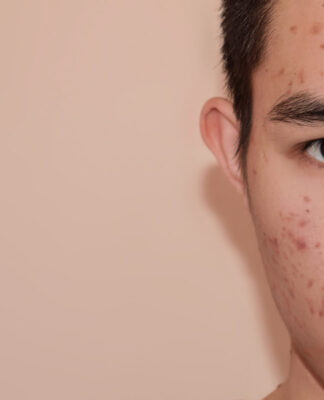In the medical silicone production industry, silicone rubber molding is an important production link. Some of the issues that everyone is very concerned about are worthy of in-depth discussion.
Silicone product characteristics
1. silicone rubber molding Limit size: the thickest part can be 15~20MM, if it is a sphere, the diameter can be 30MM. Generally, the recommended thickness is no more than 3MM. When it is larger than 3MM, it will take more vulcanization time and increase the cost. The thinnest part can theoretically reach 0.2MM, but the thinnest 0.3MM is generally taken in the design, and 0.4MM is recommended.
2. Relative size: medical silicone products have relatively strict requirements on size, which is related to the quality of treatment. In terms of thickness difference, it is recommended not to exceed 3 times between the thinnest part and the thickest part. Such The problems mainly depend on the temperature and pressure requirements when the material is vulcanized. So silicone rubber molding must correspond to the size.
3. Shrinkage rate: The shrinkage rate of the silicone material is related to the hardness of the material. For materials with a degree of 40 to 50 degrees, the shrinkage rate is generally 1.03. Compared with plastic, silicone products do not suffer from similar apparent surface defects due to shrinkage. This also affects the molding of medical silicone.

4. Dimensional accuracy: Because most silicone rubber molding products have multiple holes in one mold, the number of holes is very large compared to plastic products. The general accuracy is plus or minus 0.1, and the high-precision product is plus or minus 0.05. When it is used for matching the hole of the plastic part and the button, the minimum clearance is 0.1 per side, and the recommended value is 0.2 per side. The dimensional accuracy of medical silicone is affected by many factors.
5. Silicone rubber molding appearance design: For rubber sleeve parts, it is generally sufficient to provide the original drawing to the mold factory according to the product outline drawing, and explain the problem of cooperation, which is determined by the mold factory.
Under normal circumstances, depending on the size of the silicone rubber molding product, the coordination between the rubber sleeve and the product is generally a negative deviation of 0.2~0.5 small on one side.
Process method of silicone rubber molding processing
①Casting mold processing: Zinc alloy material casting, low melting point desirable casting, tin bronze casting, and anti-corrosion coating casting. Medical silicone casting mold processing has brought new hope to the silicone manufacturing industry.

②Drilling processing: general CNC lathe processing, copying milling processing, forming grinding processing, hand engraving, CNC lathe processing.
③Special silicone rubber molding processing: EDM (spark discharge, wire cutting, electrolytic method) etching and ultrasonic processing.
④Rough machining: The purpose is to remove most of the capacity. Medical silicone rough machining technology can remove most of the capacity.
⑤ Finishing: Make the product workpiece achieve higher machining precision and process performance.
⑥ Dressing, grinding and polishing, grinding of positioning pins and guide posts.
Requirements for the medical silicone mold processing process
①Ensure the quality of silicone rubber molding processing.
② Guarantee the mold processing cycle time.
③Ensure lower mold processing cost.
④ Improve the medical silicone technical level.
⑤ Ensure excellent mold processing standards.

























